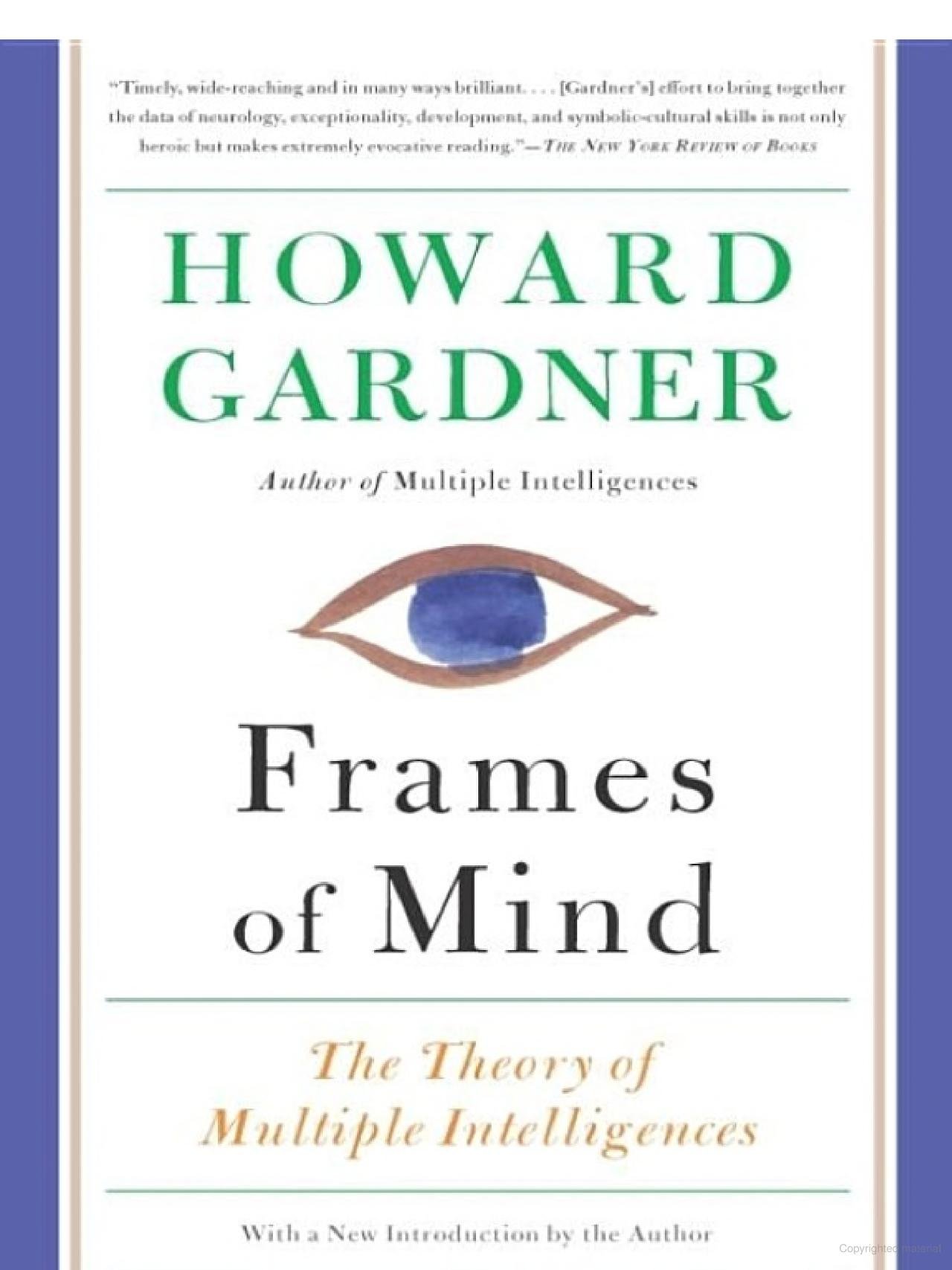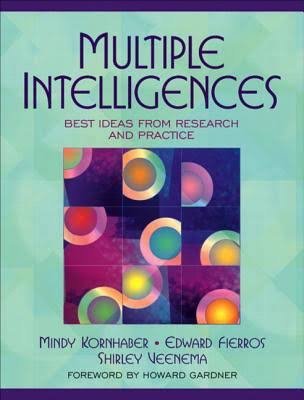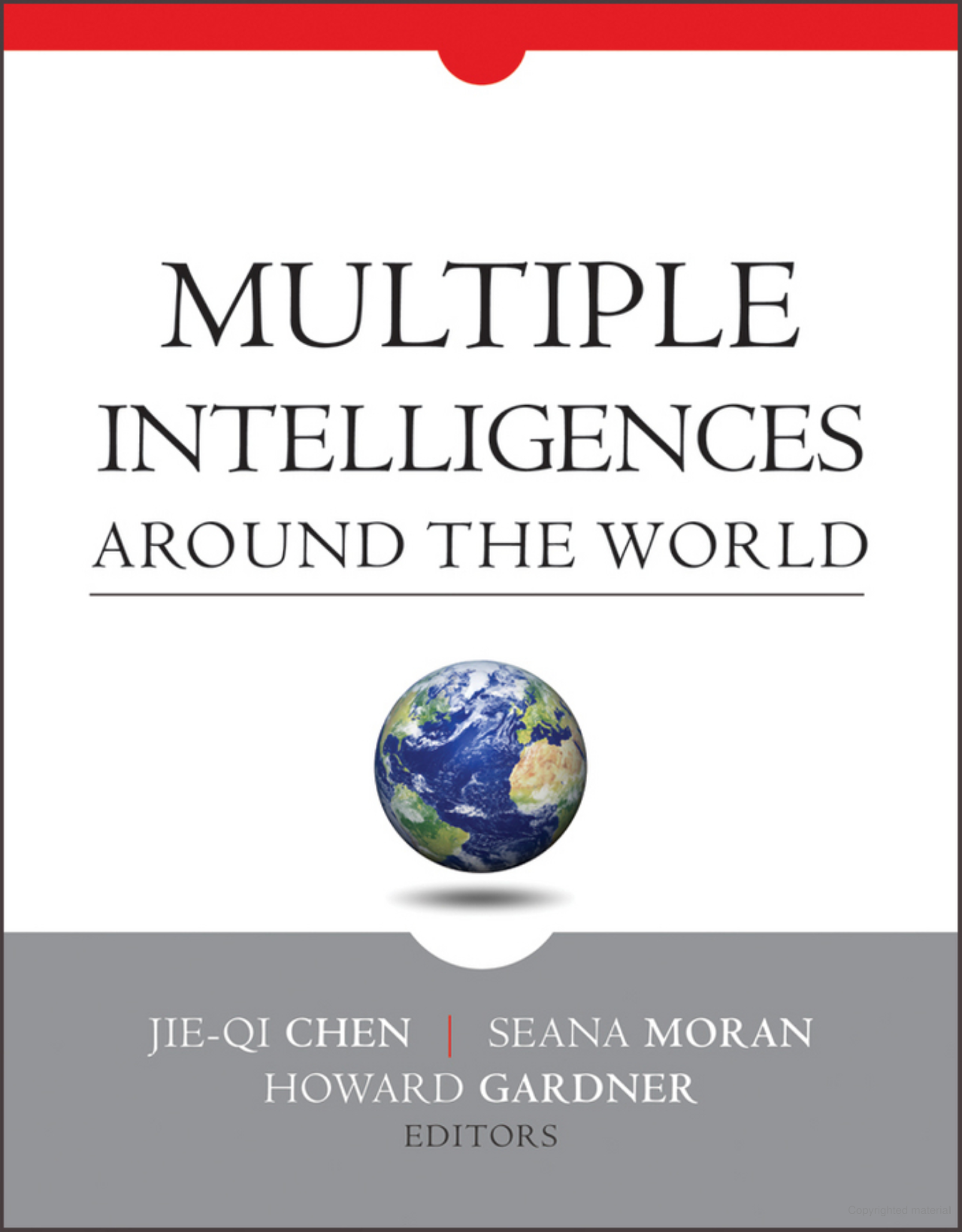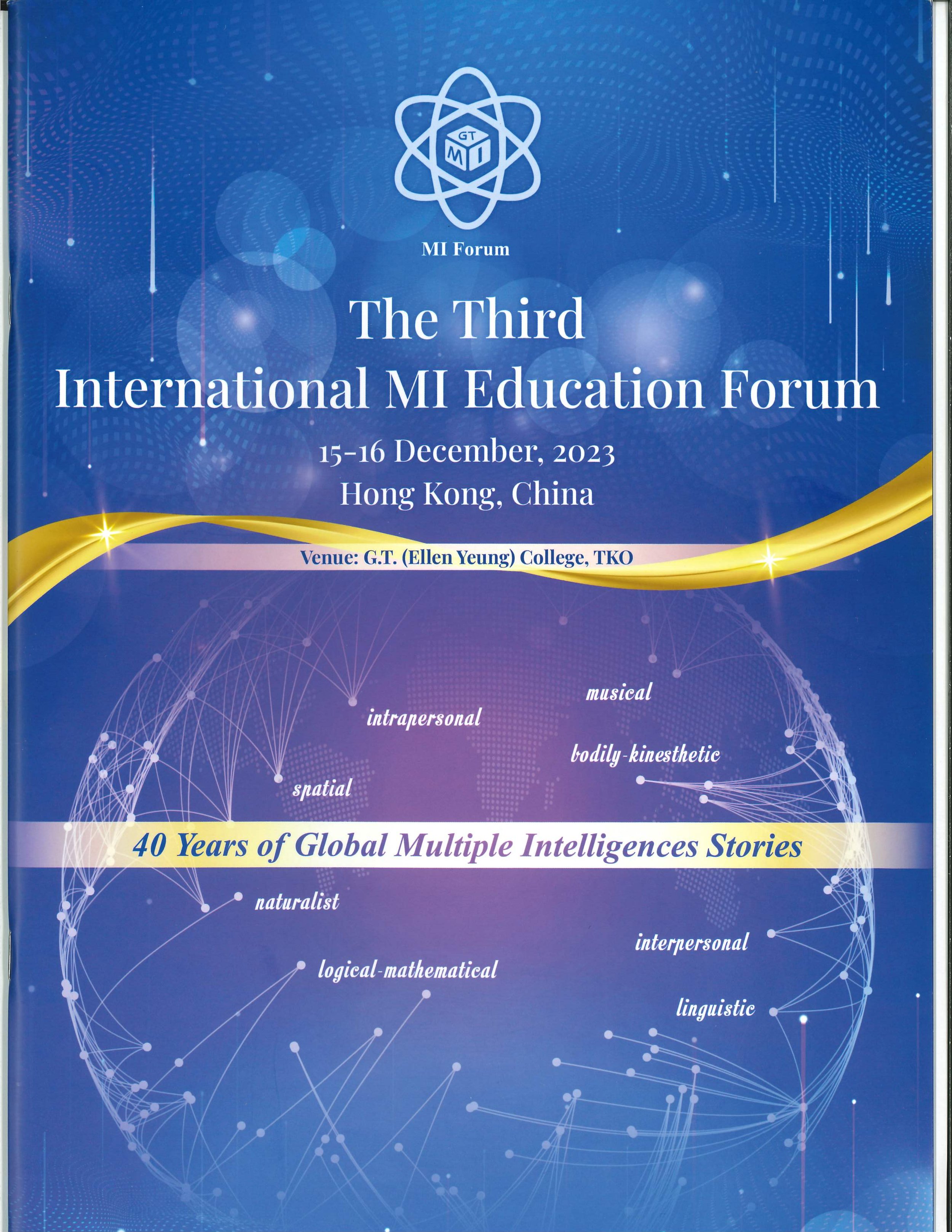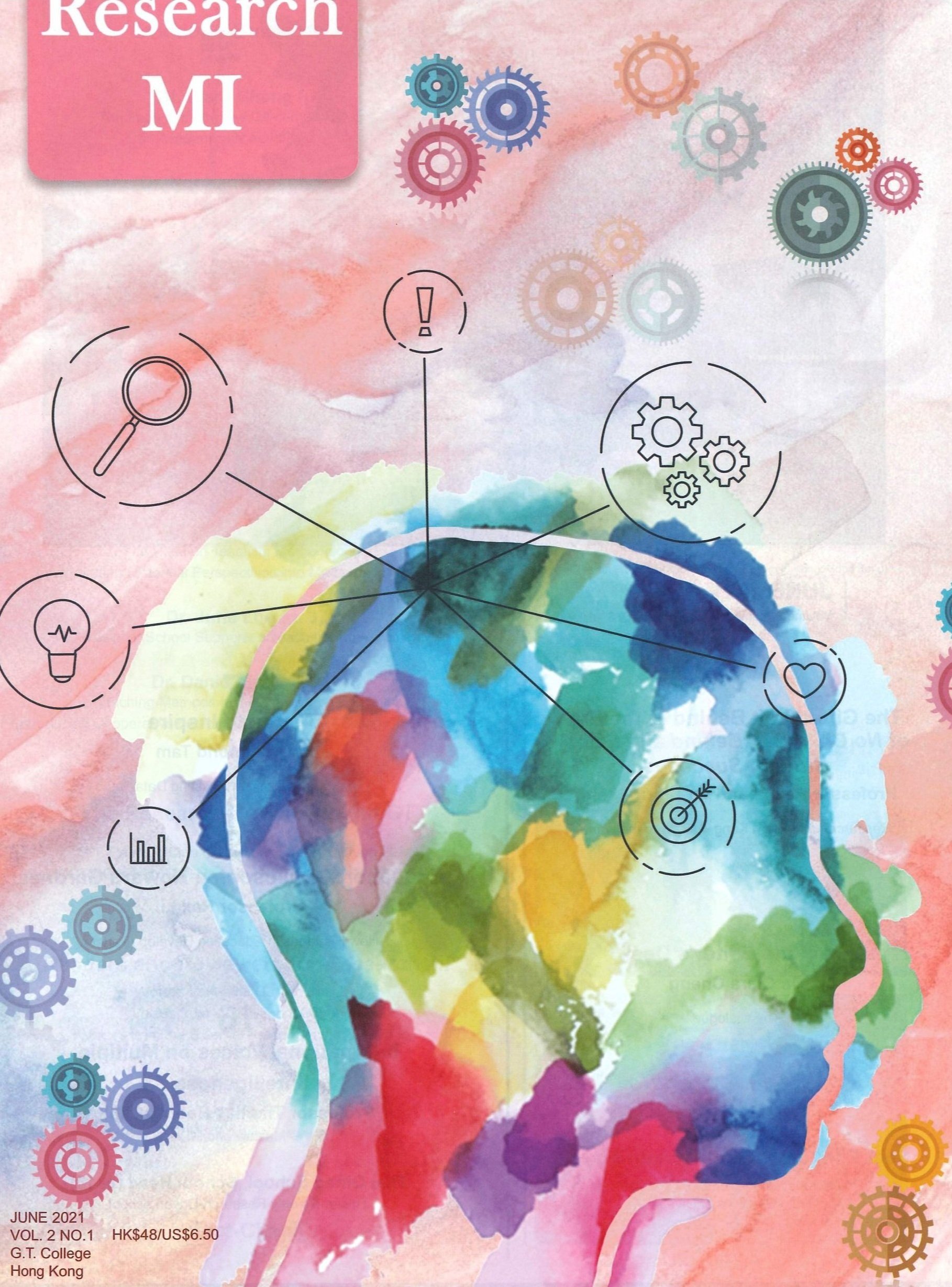Howard Gardner © 2024
Popping up on my desktop screen is a 2023 book, The Science of Human Intelligence (Second Edition). Given my decades-long interest in the topic, I decide to look at the book. Fortunately, since the purchase price is over $100, the Harvard Library has a copy and I am able to borrow it.
Having my share of vanity, I look for my name in the index. There is only one entry—pp. 18-19. After a brief paragraph, my ideas are dismissed as having “no objective scientific evidence.” There is no citation of my several books on the topic, including the perennial bestseller Frames of Mind: The Theory of Multiple Intelligences.
Robert J. Sternberg
I say to myself, somewhat defensively, “I am not really a psychologist and don’t present myself that way. How about Robert J. Sternberg, another critic of the standard view of intelligence? He is a “real psychologist”—Bob was president of the American Psychological Association—does he get more air time?” Alas, no more lines in the book, though there is a reference to one short article by Sternberg in the journal Intelligence called “Teaching about the Nature of Intelligence.”
Interestingly, in the same short introductory chapter, more space is devoted to the late Stephen Jay Gould’s book The Mismeasure of Man—indeed, to two editions of the book (1981, 1996). But going beyond sheer dismissal, the authors pick a fight: “Gould had many facts just plain wrong and worse, when confronted with detailed technical reflections of his key points…Gould declined to correct his mistakes or modify his opinions.” Alas, Steve Gould, who was a friend, died in 2022 and so, cannot defend himself.
Well, enough defensiveness. What do I make of this textbook of over 400 pages?
Alfred Binet
One of the great advances in psychology was the creation, well over a century ago by the French psychologist Alfred Binet, of a short test—one that could be given to young French students to indicate how they would likely fare in a school of that era. The IQ test, as it soon came to be called, accomplished this task reasonably well. And as all readers of these words know, the IQ test—and its relatives, like the SAT or the GRE or the Raven’s Progressive Matrices—have been used thereafter to classify individual test-takers in terms of their intellectual strength.
The text that I leafed through is an up-to-date report on what we know about the IQ test in its various forms—different models of intelligence, various approaches to administering and interpreting the tests, major cognitive factors contributing to intelligence, possible brain and genetic bases thereof. And, presumably of most interest to most readers: 1) the kind of life-success that can be predicted and 2) putative differences among populations (e.g. racial, ethnic, socio-economic groups), as reflected by their tested (psychometric) intelligence. So long as you are interested in this topic and these questions, this text will give reasonable up-to-date information on these issues.
So far, so good.
The line is drawn with the word “scientific.” By accident, or by intent, the authors of the text rule out-of-bounds any effort to write about intellect that does not follow their rules of carrying out science, or indeed any form of scholarship, on the topic of intellect.
And here is where I draw my line.
When I began to study human cognition a half-century ago, I had no intention to critique standardized tests—indeed, unlike Bob Sternberg, I did well on them. But I did not think that the only way to study the human mind was by creating short-answer tests and then documenting their correlations to various school and life outcomes. Instead, in what I now term a work of synthesis rather than of science, I drew on various kinds of information and forms of knowledge, ranging from neurology and genetics to anthropology and history, and tried to ascertain the spectrum of cognitive capacities that characterize our species.
Some of these “multiple intelligences” lend themselves to short-answer tests—linguistic, logical-mathematical, and spatial—and so, not surprisingly, those are the ones included in most tests of intelligence. Others, which I felt were equally important for a productive life in our world, are far more difficult to ascertain through paper-and-pencil instruments. These constitute the remaining intelligences—specifically musical, bodily-kinesthetic, interpersonal, intrapersonal, naturalistic, and perhaps 1-2 others.
Borrowing from the Bard, I was not trying to bury standard IQ intelligences, I was trying to praise the remaining ones. And as a bonus, rather than testing in order to classify and rank-order people (and alas, that’s the thrust of the text that I reviewed), I preferred to nurture the range of intelligences. I wanted to document what life opportunities might open up—in schools, where the bulk of my work has been, but also in the wider world—acknowledging that there is more to life than a certain kind of test and a certain kind of educational institution.
Now, of course, with increasingly intelligent large language instruments—notably ChatGPT—when it comes to assessment, placement, and life opportunities, almost all bets are off.
One last point.
If you are interested in what’s known about the factors involved in standard intelligence testing and the variables that correlate with the range of IQs, this text will answer your questions reliably. But if you want to know the sub-text of this text, let me quote for you two passages which receive headline attention therein:
Robert Plomin
Robert Plomin: “The most far-reaching implications for science, and perhaps for society, will come from identifying genes responsible for the heritability of g (general intelligence).”
Douglas Detterman: “Intelligence is the most important thing of all to understand, more important that the origins of the universe, more important than climate change, more important than cancer, more than anything else.”
Douglas Detterman
Forty years ago, I wrote about intelligences, but ever since, my colleagues and I have been studying what it means to be a good person and to do “good work” (see thegoodproject.org and the many books, articles, and technical reports listed there).
The world is not going to be saved by smarter people—if it is to be saved, it will be saved by persons who are trying to use their wits for the sake of others.
REFERENCES
Haier, R. J., Colom, R., & Hunt, E. (2023). The Science of Human Intelligence (2nd ed.). Cambridge: Cambridge University Press.



















